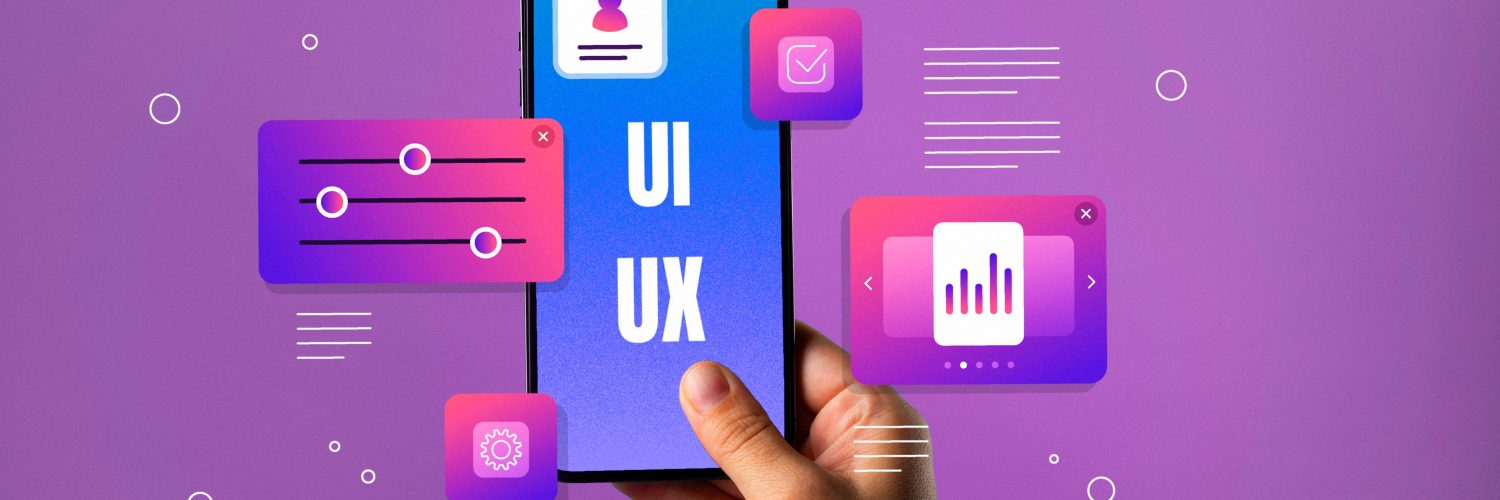What is Cross-platform Development?
Cross-platform is an approach to building an app once and running it anywhere on every kind of device, such as Android, iOS, Web, Windows, MacOS. This would allow the developer to focus on building the logic code once rather than each operating system code.
Selecting the Right Framework
Importance of the Right Framework
Importance of the Right Framework These choices for the frameworks are critical and should be based on project-specific requirements, development team expertise, and the intended target platform. Correct selections help in leveraging the best possible outcomes in terms of performance, efficiency, and maintenance costs.
Introducing the Best Development Framework
The decision on which framework to use is very important for a development project. This should be influenced by the specific needs of the project, the ability in programming, and which platforms are targeted.
This is where selecting the appropriate framework can make all the difference in how smoothly your app runs, how maintainable your product is, and even factors into getting your product to market as soon as possible.
Choosing right framework for cross platform development
Flutter: This is an open-source mobile UI framework from Google that allows app developers to create native apps for both Android and iOS from a single codebase. The kit has fast graphics rendering ability with flexibility in building custom interfaces that work the same way on varying devices.
React Native: This is a framework that allows one to develop native apps using React but comes from Facebook and a huge community of individual developers. It will be of special interest to you in case you are conversant with JavaScript, and you want your app to have close interactions with mobile operating systems.
Xamarin: It is much preferred for application development to be truly native on iOS, Android, and Windows. It uses C# and .NET to get the best performance of an application.
Ionic: It is an open-source SDK that allows developing hybrid mobile applications with a single code, using technologies like HTML, CSS, and JavaScript. The developed applications work not so effectively as native ones; however, they are much easier and quicker in development, which is valuable for easy projects.
For Businesses & Startups
Each framework has its strengths and weaknesses. For instance, Flutter offers a high-quality UI/UX design, React Native is beneficial for rapid prototyping with a JavaScript background, and Xamarin is ideal for those committed to C# and .NET.
For Developers
A comparative table detailing features, performance issues, and learning curves can guide developers in making an informed choice:
| Framework | Learning Curve | Performance | Feature Set |
| Flutter | Moderate | High | Rich |
| React Native | Low | Moderate | Extensive |
| Xamarin | High | High | Comprehensive |
| Ionic | Low | Low | Moderate |
| Flutter | Moderate | High | Rich |
Prioritizing UI/UX Consistency
The Need for Consistency
This way, you maintain a unified user experience (UX) and guarantee the same user interface (UI) on all platforms. These are important for brand image coherence and user satisfaction. This ensures there is no cognitive load on users when they move from one device to another in the process of interacting with your app.
Using Design Systems
Business and Startups: Implementation of a design system would streamline development and reduce time-to-market. It would also make sure that there is consistency across all platforms, hence saving costs and other resources.
For Developers: You could rather easily find an attractive, uniform design using, for example, Material-UI for React or Cupertino for Flutter among the UI libraries. Open-source design systems or guidelines to create custom ones could be a pair of nice suggestions among developer resources.
Performance Tuning Work
Cross-Platform Layer Challenges
Sometimes, the performance bottleneck can be introduced with the abstraction layer that cross-platform frameworks add. Understanding it and putting in the necessary remedies is important to have a responsive, seamless application.
Optimization Strategies
Code Optimization: Some of the very simple strategies such as JSON can really be very powerful in terms of enhancement of performance. Caching Mechanisms: Implementing caching for operations that involve data can easily reduce the load on the server, at the same time speeding up the response to make the user experience fluid.
Developer Tips: Use suitable profiling tools of the framework to spot and fix performance hotspots.
Writing Clean Code
Advantages of Clean Code
Writing clean, maintainable code is very essential for the life of a project in the long term. It helps in avoiding bugs and makes the code easy to read and modify, hence promoting collaboration.
Clean Code Practices General Practices: A developer writes legible, well-named variables and functions; the functions should be kept to doing one thing with proper indentation and formatting. For Developers: Use linters and formatters which follow the prescribed style guides. Equally important, maintain a best practice of clean code by doing reviews of your own code and also having others review your code for you. Define and give an example of what.
Platform Specifics
Integration of Platform Features
Much of the code would be shareable across platforms, but for certain functionalities, the approach to navigation, notifications, or use of hardware features such as the camera or GPS would differ.
This kind of feature is most commonly implemented by exposing platform-specific APIs and services with native modules.
Enhance readability
Testing Necessity
This is ensured through extensive testing on all the targeted platforms; this way, the application is guaranteed to run well everywhere and thus give a good user experience.
Equivalence testing strategies
Tools and Frameworks: Utilize tools like Jest for unit testing in React Native and Appium for platform-wide automated UI tests to guarantee that your app works flawlessly.
Correctly on all devices.
Practical Tips: Real device testing is a must, apart from the fact that automated tests are never enough to get the full insight into real users’ experience and to be able to address issues related to performance and design.
Security Considerations
Some of the security threats to cross-platform apps include the following: insecure data storage, weak server-side controls, insufficient cryptography.
Security Best Practices
They should do strong encryption, secure storage of data, and implement robust authentication mechanisms to be implemented by the developers. Definitely, regular security audits and compliance checks will be of much help in mitigating the risks.
Monitoring and Maintenance
Human Resource Management
This can be used to improve the performance and stability of cross-platform apps by leveraging tools such as Firebase for real-time performance and crash reporting.
Iterative improvement is Using User Feedback: In other words, their application is to be reviewed, using user feedback, for further improvement. Such an approach will be responsible in this way for not only improving the functionality of the app but also the user satisfaction and increase in usage. Update Strategies: Routine updates will need to be scheduled to keep pace with new OS releases and hardware capabilities so as to ensure the application runs without a hitch and is compatible.
Conclusion
Successful cross-platform development in 2024 will now be dependent on the right choice of the framework, focusing on UI/UX consistency, optimized performance, and clean writing of the code, taking into consideration the platform-specific features. It must conform to the best practices of writing clean code, rigorous testing, and ongoing maintenance. Following are the means with the aid of which a developer can end up making a robust, efficient, and user-friendly cross-platform app. With technology emerging each and every time, keeping abreast of the changes and new developments is of great importance in an ever-competitive market of application development.






Add comment